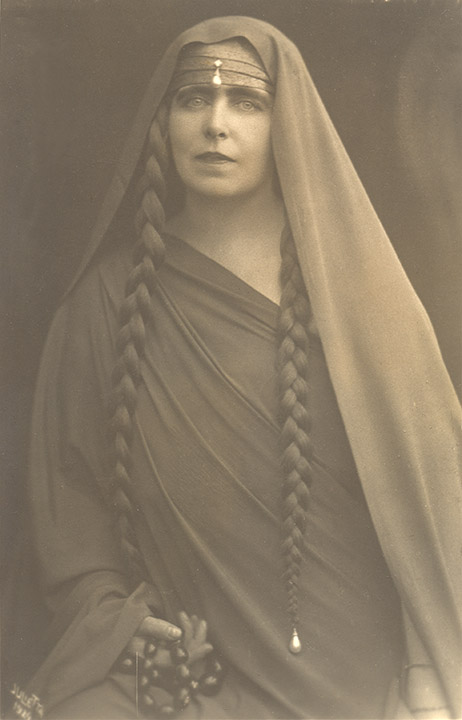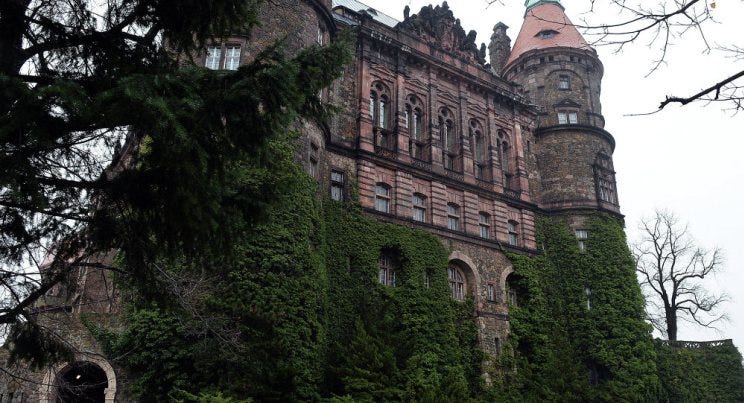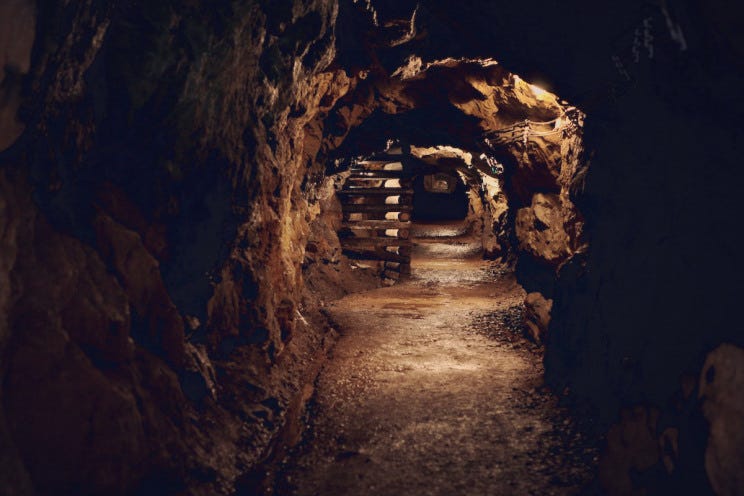Eridu
 |
| Image source: Wikicommons. |
Eridu appears to be the earliest settlement in the region, founded ca. 5400 BC, close to the Persian Gulf near the mouth of the Euphrates River. According to the Sumerian kinglist Eridu was the first city in the World. The opening line reads,
-
-
- "[nam]-lugal an-ta èd-dè-a-ba
- [eri]duki nam-lugal-la"
-
-
-
- "When kingship from heaven was lowered,
- the kingship was in Eridu."
-
In Sumerian mythology, it was said to be one of the five cities built before the Deluge occurred.
The first myths explained to mankind the wonders of the universe reincarnated as gods. Enki's Temple in Eridu is called E-abzu, "House of the abyss" or ‘house of the cosmic waters,’ located on the edge of a swamp - an abzu - as can be seen in this illustration. The oldest settlements were based on agriculture with connection to Samarra culture to the north, characterised by the building of canals, and mud-brick buildings. The fisher-hunter cultures of the Arabian littoral were responsible for the extensive middens along the Arabian shoreline, and may have been the original Sumerians.
 |
| Image source: Wikicommons. |
Possible location of Tower of Babel
The Egyptologist David Rohl has conjectured that Eridu, to the south of Ur, was the original Babel and site of the Tower of Babel, rather than the later city of Babylon.
Other scholars have discussed at length a number of additional correspondences between the names of "Babylon" and "Eridu". Historical tablets state that Sargon of Akkad (ca. 2300 BC) dug up the original "Babylon" and rebuilt it near Akkad, though some scholars suspect this may in fact refer to the much later Assyrian king Sargon II.
Mythological Abzu
Abzu or Apus - literally, ab='ocean' zu='deep', was the name for the primeval sea below the void space of the underworld (Kur) and the earth (Ma) above. It may also refer to fresh water from underground aquifers that was given a religious fertilizing quality. Lakes, springs, rivers, wells, and other sources of fresh water were thought to draw their water from the abzu.
The Enmua Elish
Abzu is also depicted as a deity (Akkad in the North and Sumer in the South of the Tigris-Euphrates fertile crescent) in the Babylonian creation epic, the Enûma Elish, taken from the library of Assurbanipal (c 630 BCE) but which is about 500 years older. In this story, he was a primal being made of fresh water and a lover to another primal deity, Tiamat, who was a creature of salt water.
The Enuma Elish begins:
When above the heavens did not yet exist nor the earth below, Apsu the freshwater ocean was there, the first, the begetter, and Tiamat, the saltwater sea, she who bore them all; they were still mixing their waters, and no pasture land had yet been formed, nor even a reed marsh...
This resulted in the birth of the younger gods, who latter murder Apsu in order to usurp his lordship of the universe. Enraged, Tiamat gives birth to the first dragons, filling their bodies with "venom instead of blood", and made war upon her treacherous children, only to be slain by Marduk, the god of Storms, who then forms the heavens and earth from her corpse.
Apzu is a consort of Tiamat, the primordial abyss of salt waters of Chaos. Unlike Tiamat, Apsu represents the sweet waters underneath the earth. It was also the name for the primeval sea, a primeval abyss of sweet water from which all things sprang below the void space of the underworld (Kur) and the earth (Ma) above.
The Elements
In the later legends of the Enuma Elish, the sweet water mingled with the bitter waters of the sea and with a third watery element, perhaps cloud (mist), the first gods were engendered – represented by the two elements water and mist. The first men were formed by Nammu with clay dug up from Apsu’s waters...
Later myths tell that the sweet and salty waters came together with a third element—possibly cloud—and created the first gods. Mesopotamian myths tell that Ea had cast a spell upon Apsu to keep the sweet waters contained underground. (although some myths say that Ea had killed Apsu.) In the "The Epic of Creation (Enuma Elish): Tablet I" it is written 'He is the underworld ocean, the begetter of the skies (Anshar) and the earth (Kishar) and the father of Lahmu and Lahamu.'
Eridu
In Sumerian mythology, Eridu was the home of the Abzu temple of the god Enki, the Sumerian counterpart of the Akkadian water-god Ea. Like all the Sumerian and Babylonian gods, Enki/Ea began as a local god, who came to share, according to the later cosmology, with Anu and Enlil, the rule of the cosmos. His kingdom was the sweet waters that lay below earth (Sumerian ab=water; zu=far).
The stories of Inanna, goddess of Uruk, describe how she had to go to Eridu in order to receive the gifts of civilization. At first Enki, the god of Eridu attempted to retrieve these sources of his power, but later willingly accepted that Uruk now was the centre of the land. This seems to be a mythical reference to the transfer of power northward.
Babylonian texts talk of the creation of Eridu by the god Marduk as the first city, "the holy city, the dwelling of their [the other gods] delight".
In the court of Assyria, special physicians trained in the ancient lore of Eridu, far to the south, foretold the course of sickness from signs and portents on the patient's body, and offered the appropriate incantations and magical resources as cures.
Links to Ancient Egypt
The Ancient Egyptians envisaged the oceanic abyss of the Nun as surrounding a bubble which was 'the sphere of life'. This represented the deepest mysteries of the cosmos - linked to the myth of creation, remnants of which we can read in Genesis in the Bible. The creation myth of Egypt tells of the original earth rising out of the primeval waters called Nun. Nun is the source of all that appears in the world, all aspects of divine and earthly existence. In the Ennead cosmogony Nun is perceived as transcendent at the point of creation alongside Atum the creator god.



























